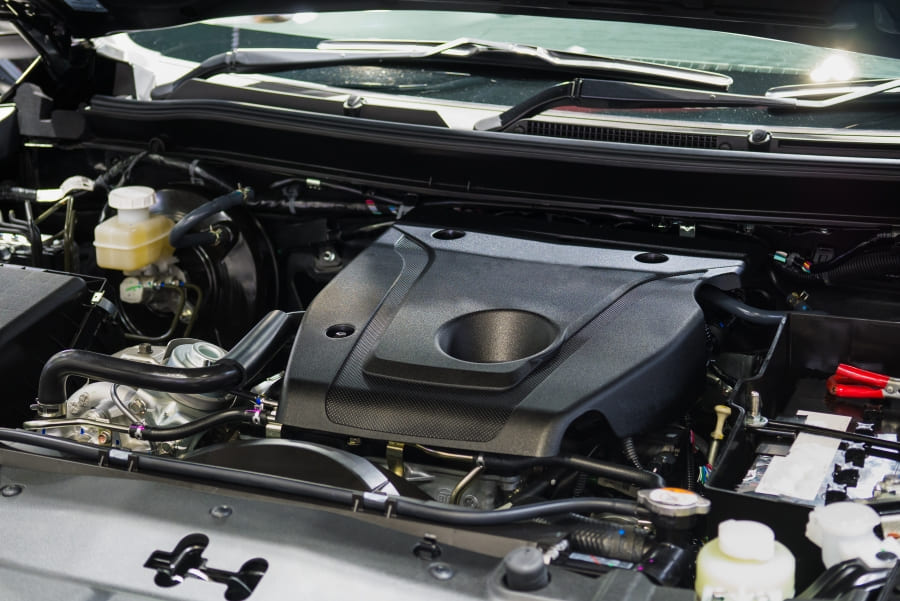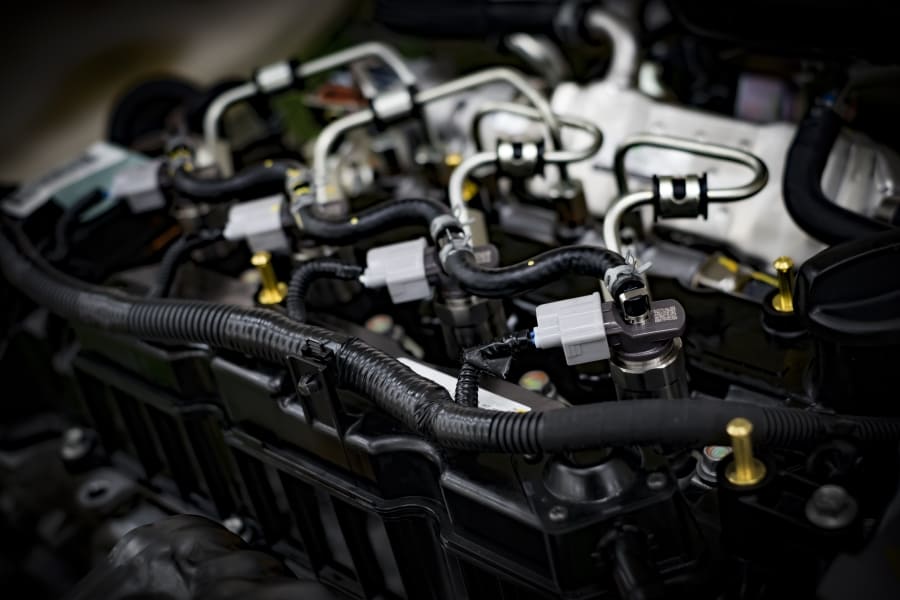
VSC (Vehicle Stability Control) is a system used on Škoda, Chevrolet, Kia, Hyundai, Toyota, Lexus, and Lada cars. It serves as prevention from skidding and drifting. It helps to maintain the intended path of the vehicle during a manoeuvre, which improves handling and safety.
How VSC operates
The system’s control unit analyses signals coming from the yaw-rate sensor, deceleration sensor, and wheel speed sensors. The actual direction in which the vehicle is moving is determined. The received data is then compared with the readings of the steering wheel angle sensor, brake system pressure sensor, and brake light switch position.
Discrepancy between the actual direction and the intended direction activates VSC. When activated, it engages the anti-lock braking and traction control systems. Individual wheels are then slowed down. Thanks to this, the engine power is redistributed between the wheels and the driving trajectory is restored. At high speeds, the system changes the opening angle of the throttle, thus reducing the car’s speed.
Popular cars equipped with VSC
- Škoda Octavia II;
- Lexus GS III;
- Chevrolet Tracker, Niva;
- Toyota C-HR AX10;
- Hyundai Solaris, i30 II, III;
- Kia Sorento III.

Reasons why the system might fail
- Wheels are not correctly aligned.
- Inappropriately sized wheels have been fitted.
- The ignition coil malfunctions.
- Poor-quality fuel is used.
- The oxygen sensor breaks down.
- @user_101094413.06.2022 15:27Member
is this a good substitute for the optional 4WD control that some cars have?


















Comments – 1